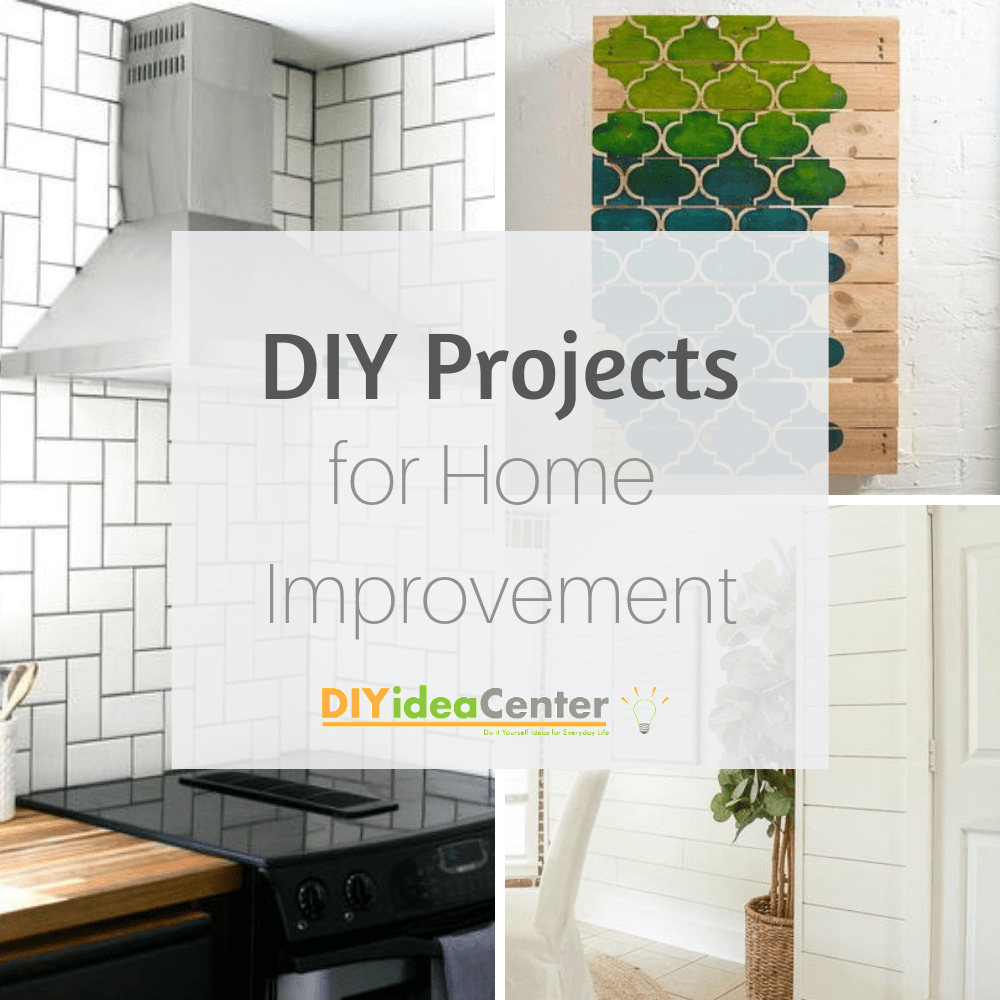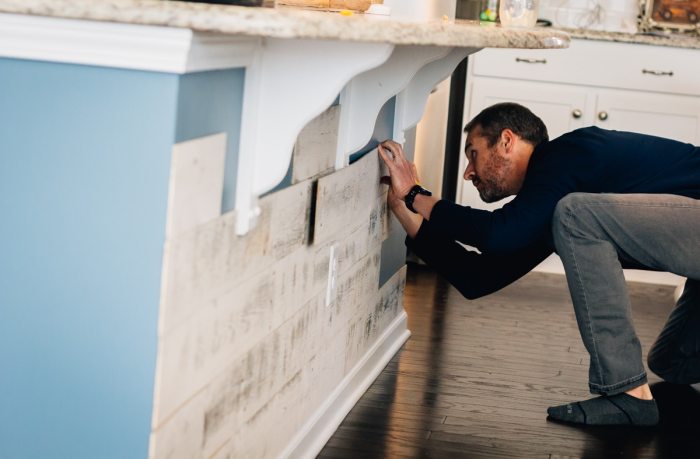DIY Home Improvement sets the stage for this enthralling narrative, offering readers a glimpse into a story that is rich in detail with american high school hip style and brimming with originality from the outset.
Get ready to dive into the world of DIY projects that can revamp your living space and boost your creativity in cool ways. From budget-friendly ideas to essential tools, this guide has got you covered.
Benefits of DIY Home Improvement
DIY home improvement projects come with a plethora of benefits that can make a significant impact on your living space and overall quality of life. Not only can tackling these projects on your own save you money, but it can also increase the value of your property and provide a sense of satisfaction and accomplishment.
Cost-Effectiveness, DIY Home Improvement
Taking on DIY home improvement projects can be a cost-effective way to upgrade your living space without breaking the bank. By doing the work yourself, you can save on labor costs and potentially reduce the overall expenses associated with the project.
Increased Property Value
One of the major advantages of DIY home improvement is the potential to increase the value of your property. By making upgrades and renovations on your own, you can enhance the aesthetic appeal and functionality of your home, ultimately leading to a higher resale value.
Sense of Accomplishment
Completing a DIY home improvement project can bring a tremendous sense of accomplishment and pride. There’s something incredibly satisfying about stepping back and admiring the work you’ve done with your own two hands. This feeling of achievement can boost your confidence and motivate you to take on more projects in the future.
Essential Tools for DIY Home Improvement
When it comes to tackling home improvement projects on your own, having the right tools is essential. Here is a list of basic tools every DIY enthusiast should have in their toolkit.
Hammer
A hammer is a versatile tool that can be used for various tasks such as driving nails, removing nails, and minor demolition work. Make sure to choose a hammer with a comfortable grip and a weight that you can handle easily.
Screwdriver
Screwdrivers are essential for driving and removing screws. It’s recommended to have both flathead and Phillips head screwdrivers in your toolkit to handle different types of screws effectively.
Measuring Tape
A measuring tape is crucial for accurately measuring dimensions before cutting materials or installing fixtures. Look for a durable measuring tape that is easy to read and retract smoothly.
Utility Knife
A utility knife is handy for cutting materials such as drywall, carpet, or cardboard. Make sure to keep the blade sharp and replace it when needed to ensure clean and precise cuts.
Level
A level is essential for ensuring that surfaces, shelves, and fixtures are straight and even. Invest in a good quality level to avoid errors in your projects.
Adjustable Wrench
An adjustable wrench is useful for tightening or loosening nuts and bolts of various sizes. Look for a wrench with a comfortable grip and smooth adjustment mechanism.
Cordless Drill
A cordless drill is a versatile tool for drilling holes and driving screws. Choose a drill with multiple speed settings and a rechargeable battery for convenience.
Safety Gear
Safety gear such as goggles, gloves, and a dust mask are essential for protecting yourself during DIY projects. Invest in quality safety gear to prevent accidents and injuries.
Popular DIY Home Improvement Projects
When it comes to popular DIY home improvement projects, there are several common tasks that many homeowners tackle on their own. These projects can range from simple tasks like painting walls to more complex jobs like installing shelves or fixing leaky faucets. Whether you’re a beginner looking to spruce up your space or a seasoned DIY enthusiast, these projects can be a great way to enhance your home.
Painting Walls
- Choose the right paint color and finish for your space.
- Prep the walls by cleaning and sanding any imperfections.
- Use painter’s tape to protect trim and edges.
- Apply paint evenly with a roller or brush, working from top to bottom.
- Allow the paint to dry completely before applying a second coat if needed.
Installing Shelves
- Measure and mark where you want to install the shelves.
- Use a level to ensure shelves are straight.
- Drill holes for brackets or anchors to secure the shelves.
- Attach shelves to brackets or anchors and ensure they are sturdy.
- Add decorative items or storage containers to personalize your shelves.
Fixing Leaky Faucets
- Turn off the water supply to the faucet.
- Use a wrench to remove the handle and access the cartridge or washer.
- Inspect the cartridge or washer for damage and replace if necessary.
- Reassemble the faucet and turn the water supply back on to test for leaks.
- Make adjustments as needed to ensure the faucet is working properly.
Safety Tips for DIY Home Improvement

When working on DIY projects, it is crucial to prioritize safety to prevent accidents and injuries. By following safety precautions and using the right protective gear, you can ensure a safe and successful home improvement task.
Importance of Protective Gear
- Always wear goggles to protect your eyes from dust, debris, and sharp objects.
- Use gloves to shield your hands from cuts, abrasions, and chemical exposure.
- Wear a mask to prevent inhaling harmful particles, fumes, or dust.
Handling Emergencies
- Keep a first aid kit handy with essential supplies like bandages, antiseptic wipes, and pain relievers.
- Know the location of emergency exits and have a clear evacuation plan in case of fire or other emergencies.
- If an accident occurs, remain calm, assess the situation, and seek medical help immediately if needed.
Budget-Friendly DIY Home Improvement Ideas

When working on home improvement projects, it’s essential to consider your budget. Here are some cost-effective DIY ideas to spruce up your living space without breaking the bank.
Upcycling and Repurposing Items for Home Decor
One great way to save money on home improvement is by upcycling or repurposing items for home decor. Instead of buying new items, consider giving old furniture a fresh coat of paint, repurposing mason jars as vases, or turning old pallets into wall shelves.
Prioritizing Projects Based on Budget Constraints
It’s important to prioritize your DIY projects based on your budget constraints. Start with projects that are essential or have the most significant impact on your living space. For example, fixing leaky faucets, painting walls, or adding new lighting fixtures can make a big difference without costing a fortune.